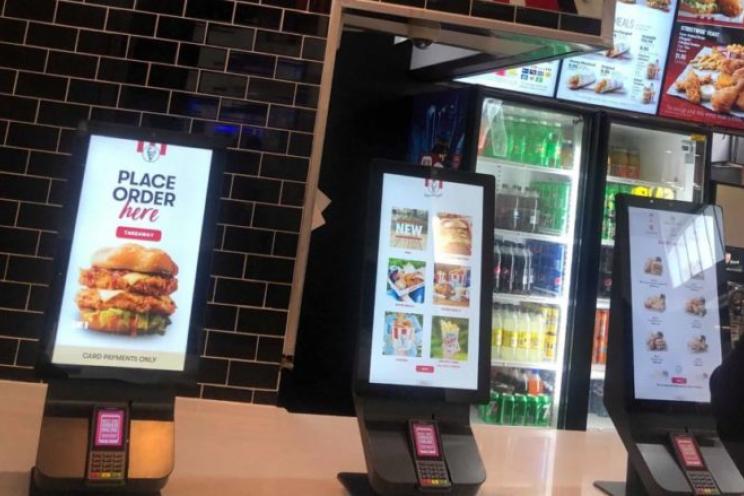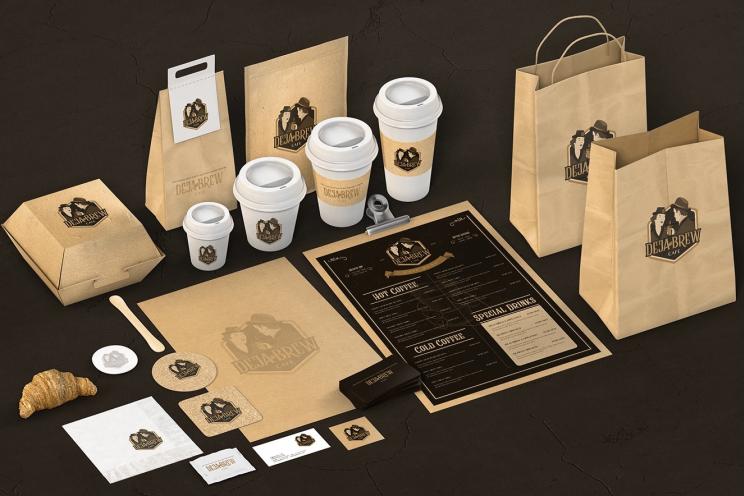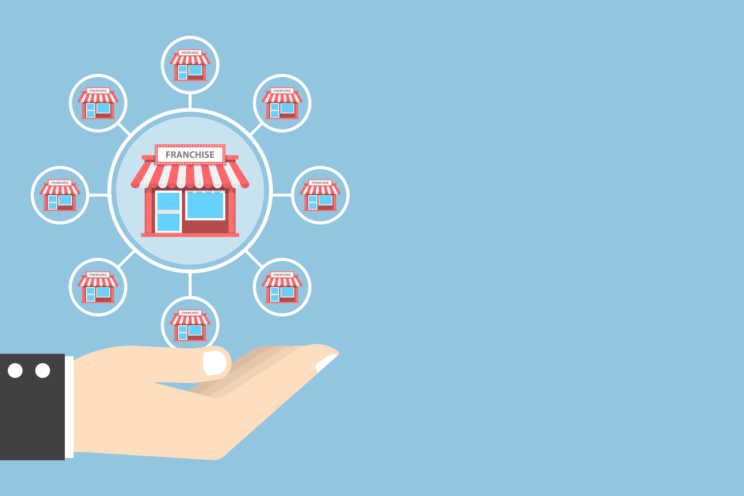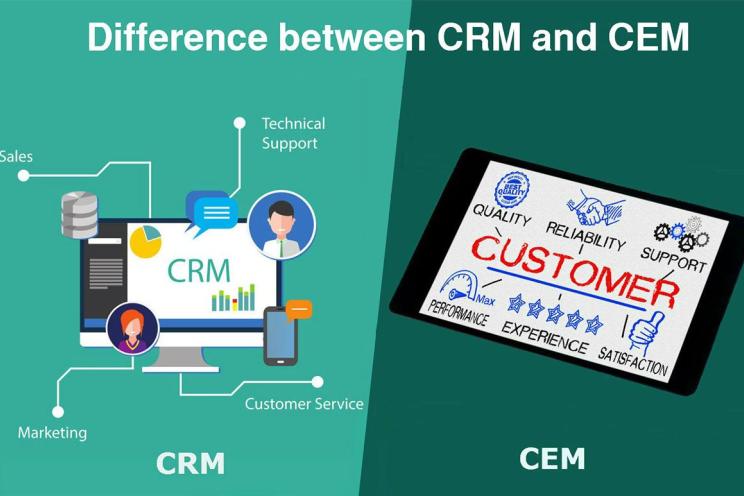
What are the different inventory costing methods?
The success of your business depends on delivering quality products to your customers.
The profitability of your business depends on your inventory as well since you need to know the costs of your goods to price your items.
The average amount of food cost for small restaurants is on the lower end between 20% and 25% of total sales volume.
Of course bigger restaurants and different food qualities mean greater food expenses.
That’s why it’s crucial to keep accurate figures of the inventory costing, meaning that you should adopt an inventory costing method that suits your business model.
It helps you manage your inventory and make it more profitable.
What is inventory costing?
“Inventory costing is the process of assigning value to inventory, and thus the cost of goods sold.”
It also includes the hidden costs of the goods such as storage, administrative costs and any market fluctuations.
What are the different inventory costing methods?
You have limited options here:
-
First-in, first-out (FIFO)
-
Last-in, first-out (LIFO)
-
Weighted average cost (WAC)
What is FIFO?
FIFO is the valuation method of selling first what comes first. So the remaining inventory is the most recent inventory that you have purchased.
This method is very common in restaurants for a very simple reason: usually, restaurants use their older inventory to keep the rest of their inventory fresh.
It is very useful in restaurants to be honest especially when you have lots of perishable items sonit only makes sense to sell your older items first.
In this way, you’re avoiding spoilage and wastage and saving money.
Using FIFO also means that restaurants can simply price their items based on the cost of the older goods and leave the newest ones to be used last while monitoring the market fluctuations and enabling restaurants to add their prices with any price increase.
How to calculate based on FIFO?
To calculate the cost of goods sold (CGS) based on FIFO, you need to calculate the cost of your oldest inventory and multiply it by the amount of inventory sold.
Assuming that your restaurant has bought 80 bottles of wine at $ 20 and sold 60 bottles, then the CGS is:
The number of dishes sold x the cost per unit
= 60 x 20
= $ 1200
Even if the cost of the dish rises to $ 30 for instance, we should use the initial one that is $ 20 since we used the bottles that cost $ 20 not more based on FIFO.
Pros of FIFO:
-
Decreases waste
-
Fits with items that are perishable
-
Maximizes profits during inflation
-
Reduced taxes liability
Cons of FIFO:
-
Matching older cost that might be cheaper with current revenues might be misleading.
What is LIFO?
Last in, first out is the opposite of the FIFO method. It refers to selling the newest purchases added to your inventory first.
The LIFO is not the preferred method for restaurateurs because they are dealing with items that have a certain expiry date in addition to perishable ones.
LIFO is greatly used in inflation times though where prices are increasing to avoid losses.
How to calculate based on LIFO?
Taking the same above example, based on LIFO, we would multiply the 60 bottles by their last price which was $ 30.
CGS = 60 x 30 = $ 1800.
The unsold bottles are hence the inventory.
Pros of LIFO:
-
More realistic figures of earning because the most recent costs are calculated
-
It is useful when the items you deal with aren’t perishable or have longer shelf life
-
Easier handling and storing by employees
Cons of LIFO:
-
Products might expire before being used resulting in inaccurate valuation of ending inventory
-
Not suitable for perishable items
What is WAC?
WAC is the weighted average cost as you must have assumed the middle between FIFO and LIFO.
It keeps everybody happy!
It simply uses the average cost of products. Neither the newest, nor the oldest.
The value of your items will be the same regardless of the date of purchase.
How to calculate the WAC?
Let’s take the above example.
Assuming that we have a remaining inventor of 120 bottles.
The cost of the first 80 was $ 20 while the remaining 40 was $ 30.
The total cost of the first is 80 x 20 = $ 1600 and for the remaining 40 the cost is 40 x 30 = $ 1200
Total cost = 1200 + 1600 = $ 2800.
WAC: 2800 / 120 = $ 23.33
Pros of WAC:
-
Simple to be applied as we are dealing with average prices.
-
Prices are steadier, not fluctuating as in FIFO and LIFO
Cons of WAC:
-
Time consuming especially when you have different receipts
-
Best used with identical inventory items
Should you use FIFO, LIFO, WAC is a question of which method fits your business needs the most.
Usually restaurants go for FIFO since they are dealing with perishable items.
Along with identifying your inventory costing method, choose a POS software that that simplifies inventory management.





